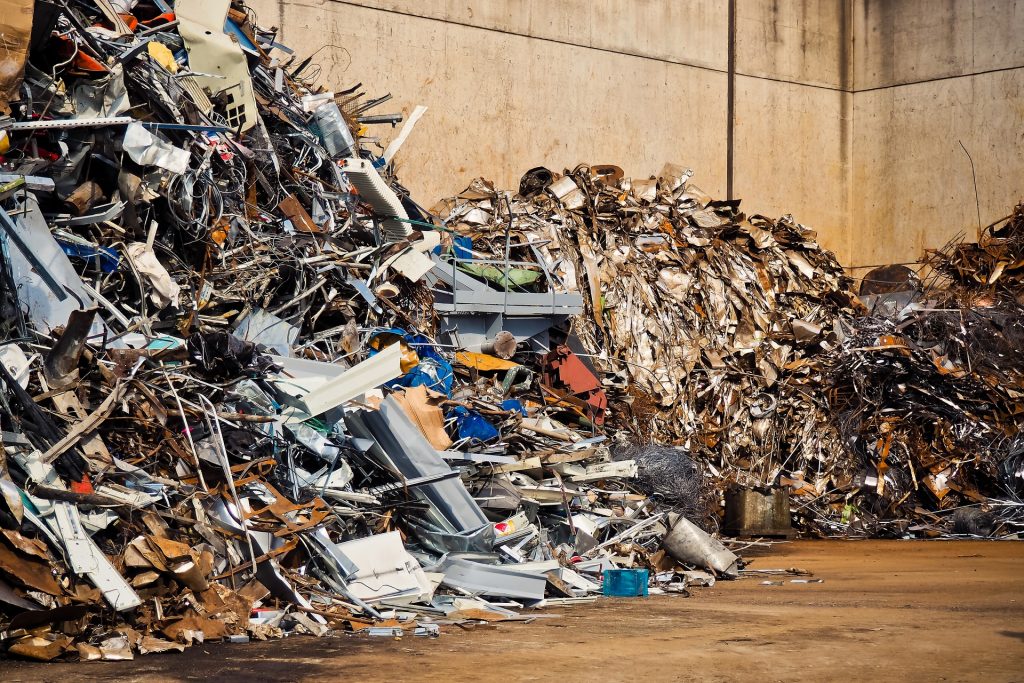|
Getting your Trinity Audio player ready...
|
The WEEE Directive, short for the Waste Electrical and Electronic Equipment Directive, is a European Union directive aiming to minimize electronic waste’s environmental impact. The directive requires member states to establish programs for collecting, treating, and recycling electronic waste, as well as to encourage the design of electronic equipment with recyclability in mind.
Context of the WEEE Directive
The WEEE Directive applies to various electronic products, including computers, printers, televisions, and mobile phones. It also covers household appliances such as washing machines and refrigerators, lighting equipment, electrical tools, and toys.
One of the key provisions of the WEEE Directive is the requirement that producers of electronic equipment take responsibility for the disposal of their products at the end of their life. This means that producers must finance the collection, treatment, and recycling of electronic waste and provide information to consumers about how to dispose of their products properly.
The WEEE Directive also sets targets for the recycling of electronic waste. Member states must report on their progress towards meeting these targets and take steps to improve their recycling rates if necessary.
The key provisions of the WEEE Directive are as follows:
- The directive applies to many electronic products, including computers, printers, televisions, mobile phones, household appliances such as washing machines and refrigerators, lighting equipment, electrical tools, and toys.
- Producers of electronic equipment are required to take responsibility for the disposal of their products at the end of their useful life.
- The directive sets targets for the recycling of electronic waste, and the objective is to recycle at least 85% of specific categories of electronic equipment by weight. Member states must report what they are doing to meet these goals and take steps to improve their recycling rates if necessary.
- The directive prohibits the export of electronic waste to non-OECD countries, except in certain circumstances where the waste will be treated in an environmentally sound manner.
- Member states must establish programs for collecting, treating, and recycling electronic waste. They should also have programs to promote the designing of electronic equipment with recyclability in mind.
- The directive applies to all member states of the European Union. States that are members of the European Free Trade Association (EFTA) are also involved.
The WEEE Directive has significantly impacted the electronic waste landscape in Europe. Before the implementation of the directive, electronic waste was often exported to developing countries. It was often treated in harmful ways to the environment and human health. The WEEE Directive has helped to curb this practice and has led to the development of more environmentally friendly methods of electronic waste treatment and recycling. This will lead to more sustainable living in the future.
Overall, the WEEE Directive has played a crucial role in reducing the environmental impact of electronic waste in Europe and has set an important precedent for other countries to follow. While there is still room for progress, the WEEE Directive has significantly contributed to protecting the environment and promoting sustainable growth. Understanding it will guide startups and small businesses alike in how to be good corporate citizens when it comes to the environment.


